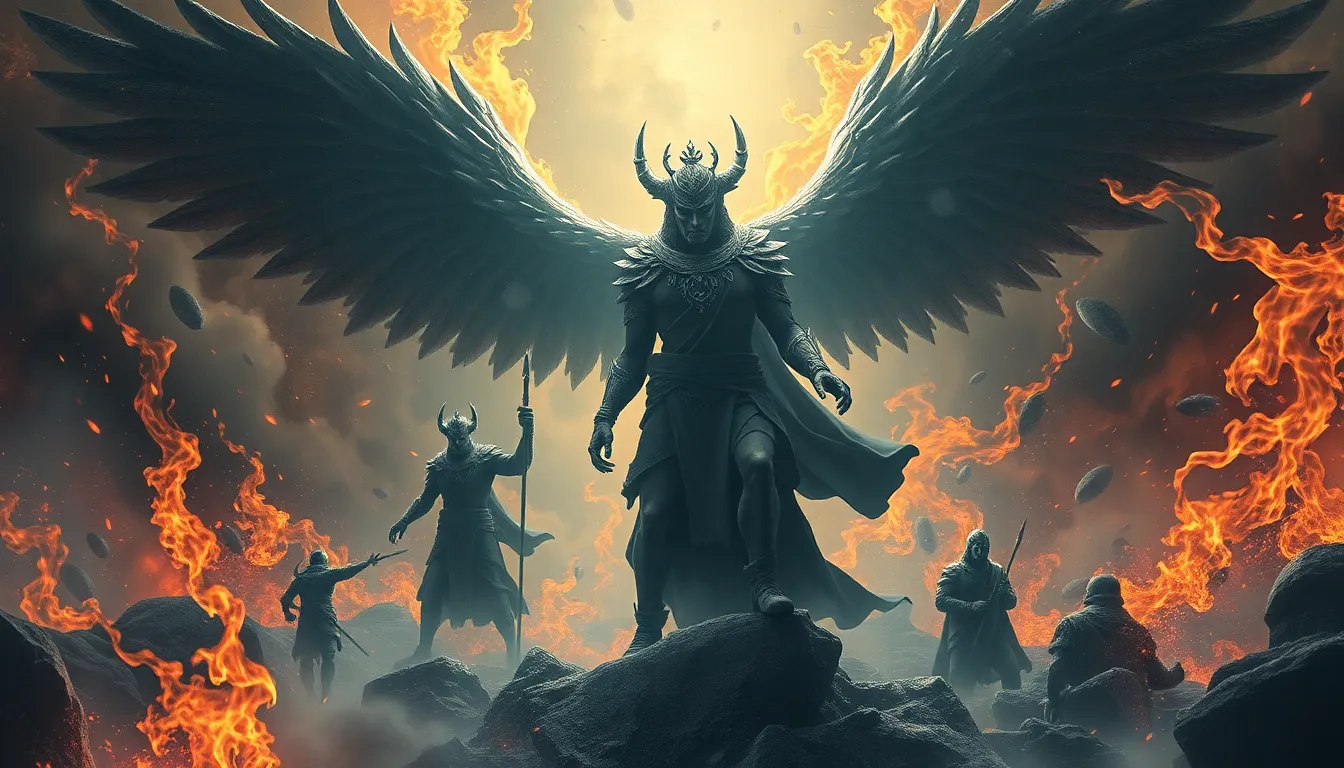Origins and Significance of Sacred Ceremonies in Native American Mythology
Native American mythology is replete with sacred ceremonies that hold deep spiritual, cultural, and communal significance. These ceremonies have been practiced by indigenous communities for centuries and are an integral part of their cultural identity. The origins of these ceremonies can be traced back to ancestral beliefs and spiritual practices that have been passed down through generations. Native American sacred ceremonies often involve rituals, songs, dances, and prayers aimed at connecting with the divine, seeking guidance, promoting healing, and honoring the natural world.
The Medicine Wheel: A Sacred Symbol and Teaching Tool
The Medicine Wheel is a sacred symbol that holds significant importance in Native American mythology. It represents the four cardinal directions, the four seasons, and the four elements. The Medicine Wheel is often used as a teaching tool to guide individuals on their spiritual journey and to foster a deep connection with the natural world. It serves as a reminder of the interconnectedness of all things and the need to live in harmony with the rhythms of nature.
The Sun Dance: A Ceremony of Renewal and Connection
The Sun Dance is one of the most well-known and widely practiced sacred ceremonies among Native American tribes. It is a communal ritual that involves fasting, dancing, and prayer. The Sun Dance is performed to honor the sun, give thanks for life, and to seek guidance and spiritual renewal. It is a time for the community to come together and strengthen their connection to the Creator and to the natural world.
The Sweat Lodge Ceremony: A Ritual of Purification and Healing
The Sweat Lodge Ceremony is another significant sacred ceremony practiced by Native American tribes. It is a ritual that involves sitting in a dome-shaped structure made of willow branches and covered with blankets. The lodge is heated by pouring water over hot rocks, creating steam and intense heat. The Sweat Lodge Ceremony is believed to purify the body, mind, and spirit, and to promote healing and spiritual growth.
The Vision Quest: A Journey to Seek Guidance and Purpose
The Vision Quest is a solitary ritual undertaken by individuals to seek guidance from the spirit world. It involves spending time alone in a remote location, fasting, and praying. During the Vision Quest, the individual may experience visions or dreams that provide insights into their life's purpose, challenges, and potential. The Vision Quest is a transformative experience that can lead to deep personal growth and spiritual development.
6. The Peyote Ceremony: A Visionary and Spiritual Experience
The Peyote Ceremony is a sacred ceremony that involves the consumption of peyote, a psychedelic cactus. It is practiced by Native American tribes in the southwestern United States and Mexico. The Peyote Ceremony is believed to induce visions and spiritual experiences that can lead to healing, self-discovery, and a deeper connection with the divine. It is also used to commemorate important events and to honor ancestors.
7. The Pipe Ceremony: A Ritual of Prayer and Communication
The Pipe Ceremony is a sacred ceremony that involves the use of a ceremonial pipe. It is practiced by many Native American tribes and is considered to be a powerful way to communicate with the Creator and the spirit world. The Pipe Ceremony is used for a variety of purposes, including prayers, healing, and blessings. It is also used to strengthen community bonds and to promote peace and harmony.
8. The Naming Ceremony: A Ritual of Identity and Significance
The Naming Ceremony is a sacred ceremony that is performed to give a newborn child its name. It is a significant event in the life of the child and the family, and it is believed to bestow blessings and guidance upon the child. The Naming Ceremony is often performed by a spiritual leader or elder, and it may involve songs, prayers, and other rituals.
9. The Death Rituals: Honoring the Transition to the Spirit World
Death rituals are an important part of Native American mythology and spirituality. These rituals are designed to honor the deceased and to help their spirits transition peacefully to the afterlife. Death rituals vary from tribe to tribe, but they often involve prayers, songs, dances, and other ceremonies. They may also include the burial or cremation of the body, the construction of a grave site, and the offering of food and other gifts to the deceased.
10. Contemporary Practices and Interpretations of Sacred Ceremonies
Native American sacred ceremonies continue to be practiced by many tribes today. However, the way that these ceremonies are practiced and interpreted has evolved over time. In some cases, traditional ceremonies have been adapted to fit into modern contexts. For example, some tribes have incorporated Christian elements into their ceremonies. Other tribes have developed new ceremonies that reflect their unique experiences and beliefs. Despite these changes, Native American sacred ceremonies remain an important part of the cultural identity and spiritual life of many indigenous communities.
Frequently Asked Questions (FAQ)
Q: What is the difference between a myth and a legend?
A: A myth is a traditional story that is often based on religious or spiritual beliefs, while a legend is a story that is based on historical events or people.
Q: What is the significance of oral tradition in Native American culture?
A: Oral tradition is very important in Native American culture because it is a way of passing down stories, traditions, and beliefs from one generation to the next.
Q: Are Native American sacred ceremonies only practiced by Native Americans?
A: No, some Native American sacred ceremonies are also practiced by non-Native Americans. However, it is important to respect the cultural significance of these ceremonies and to participate in them only with the permission of a Native American elder or spiritual leader.
Q: What is the purpose of a Vision Quest?
A: The purpose of a Vision Quest is to seek guidance from the spirit world and to gain insights into one's life's purpose and challenges.
Q: Are Native American sacred ceremonies still practiced today?
A: Yes, Native American sacred ceremonies continue to be practiced by many tribes today. However, the way that these ceremonies are practiced and interpreted has evolved over time.



